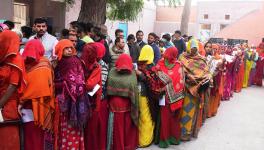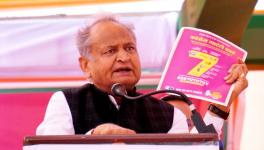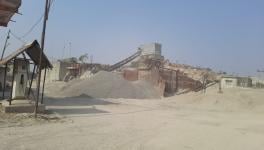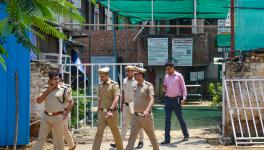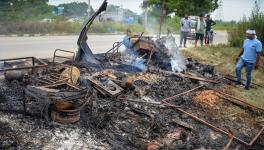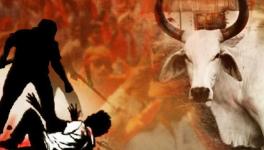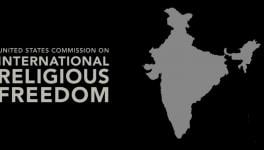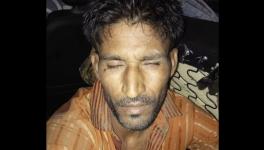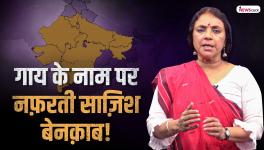Rajasthan Elections: Cow Vigilantes Choke Cattle Trade to Death in Dungarpur
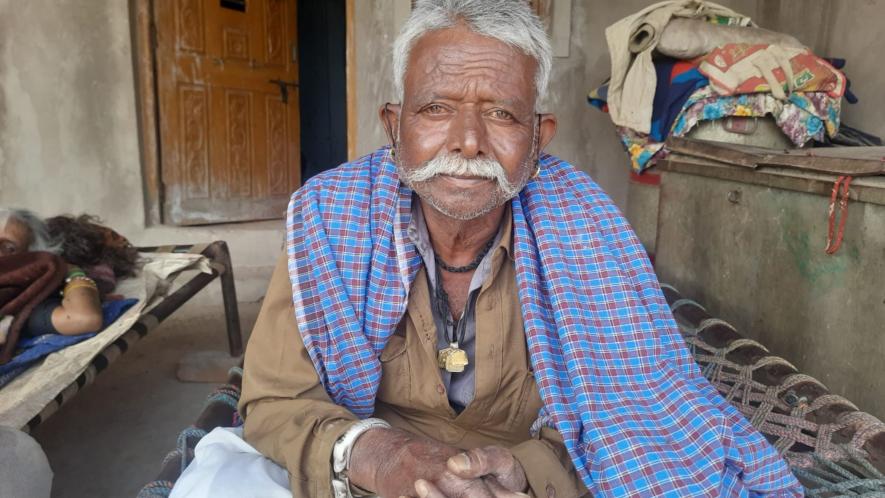
Bansi Lal was a cattle trader for nearly five decades until cow vigilantism forced him to give up his livelihood.
Kamalnath Banjara (63) sadly recalls the profitable days of cattle trading and how his three sons had taken over the business.
“This space was full of cows, buffaloes and bulls we bought at cattle fairs across Rajasthan,” he says while showing a 100-metre space in Deval Block of Dungarpur district.
Cow vigilantism and the lumpy skin disease have severely impacted Dungarpur’s cattle-trading community, which has been left to fend for itself.
About 35 Banjara families in Deval Block stay in half-plastered houses with chulhas and only a few washrooms.
Workers across political parties visited the families during the Assembly election campaign, but no one promised a solution to their problems due to rampant cow vigilantism.
According to the families, cow vigilantism has snatched the livelihood of thousands and anyone associated with the trade, dairy business and farming.
Dungarpur will witness a five-party contest—among Congress MLA Ganesh Ghogra, the BJP, CPI(M) and the regional Bharatiya Tribal Party and Bharatiya Adivasi Party.
Sadly, the loss in cattle trade and the ostracism of the Banjaras is not an election issue.
While lumpy skin disease killed more than 59,000 cattle across the state and brought milk production down by 21% in 2022, regions like Dungarpur and Banswara were also hit by cow vigilantism. At a leading cattle fair in 2017, cow trade tanked by 95% and never picked up.
“We waited for almost five years. But every time we returned from cattle fairs in Pushkar, Gangapur or Beawar, a mob of 40-50 cow vigilantes waiting for us in the Bhilwara-Rajsamand belt would start thrashing us,” Kamalnath tells NewsClick.
According to cattle traders, they always carry the sale/purchase receipt and the purchaser's address, phone number and other details and even ask about the purpose of the purchase, but vigilantes are motivated by sheer hatred.
Two years ago, Kamalnath and eight other traders were walking back from a fair with 140 bulls. “When we reached Udaipur, a mob accosted us and started beating us. When the police arrived, three of us were arrested. We bailed them out and one of them was hospitalised for a few days,” says Bablu.
Cow vigilantes, according to the traders, neither listen to them nor look at their receipts. They allege that bulls, cows and buffaloes are being taken to the slaughterhouse without proof. The police have always acted against the traders, the families allege.
In 2012, Bansilal Banjara, his son and a few other villagers were returning from Gangapur with 15 cows. “When we reached Banera, a man named Jeetu Bana and others stopped us. Without asking for documents or any explanation, they beat us up and handed us to the police,” he tells NewsClick.
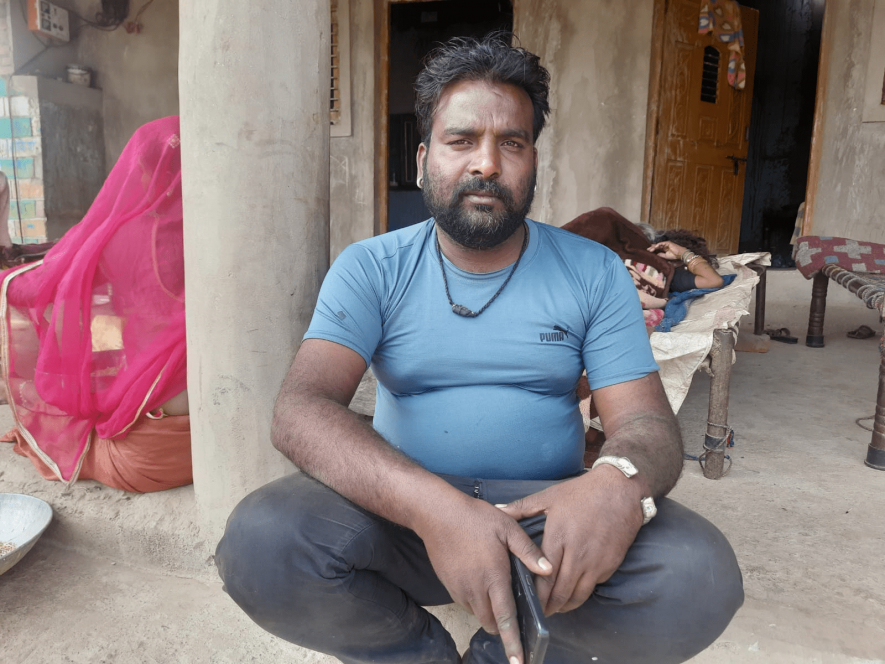
Panna Lal Banjara continues to attend court hearings of a case lodged against him in 2012 after cow vigilantes assaulted him, his father and a few other cattle traders.
Bansilal’s eldest son Panna was in jail for a month. The case is pending with Panna attending court hearings 250 km away.
Panna, who was in the business for nine years but is now a daily wager, narrates, “Our family income is less than Rs 12,000 with my share being Rs 2,500. Imagine how I manage my household expenses while attending hearings of an 11-year-old case. Even though we have stopped the business, the scars remain.”
The worst is cow vigilantes never return the cattle confiscated during attacks. “We couldn’t bear the loss and left the business. It wasn’t possible to continue when targeted after every cattle fair. We had to make a choice,” he adds.
With no option left, traders like Kamalnath have become daily wagers with dreams of getting the house painted and sending kids to a good school shattered. “Just when my family’s condition started to improve, the business succumbed to cow vigilantes,” he says.
Cow vigilantism has also hit Dungarpur’s farmers. Most farmlands are on slopes, where bulls are needed. Most marginal farmers, having around two bighas on the plains, can’t afford a tractor.
For example, Kishan, from Pal Padar village, bought bulls and cows at affordable prices from Banjaras. He had to quit agriculture and join manual labour.
Banjaras losing their business has also affected the immunity of the district’s majority 80% rural population. Nutritional deficiency plagues the district with most villagers relying on dry vegetables as expensive green vegetables are beyond their reach. Milk had become an essential part of their diet, but cow vigilantism badly hit this valuable source of nutrition.
Cattle trading fetched good profits and was also a source of nutrition and livelihood for farmers. A cow purchased at a fair for Rs 2,000-Rs 3,000 fetched Rs 7,000-Rs 8,000 in the district. Cow politics not only snatched the community’s livelihood but also shattered its dreams.
Get the latest reports & analysis with people's perspective on Protests, movements & deep analytical videos, discussions of the current affairs in your Telegram app. Subscribe to NewsClick's Telegram channel & get Real-Time updates on stories, as they get published on our website.









